Where: Camaiore - town of Casoli
When: Middle Palaeolithic Age- Upper Palaeolithic Age - Neolithic Age - Aeneolithic Age
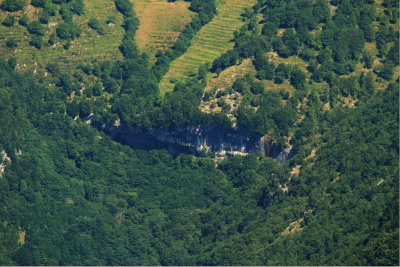
Grotta all'Onda (Wave Cave) is placed at an height of 710 mt on the slopes of Mount Matanna, near the town of Casoli. It's quite a large cave, about 40x60 meters wide, and we can suppose that in its early times it could have had several tunnels inside of it, which are now blocked. The upper edge of the external vault is similar to a big wave.
Grotta all'Onda is one of the most important evidences of an almost uninterrupted utiliziation of a cave during a very long time that goes from Prehistoric Age to recent era. The stratigraphy of the deposit has been excaveted since 1867 and it has been highlighted and analyzed by excavation campaigns of Civic Archeological Museum of Camaiore.
Several attendance phases have been found, from the Middle Paleolithic Age to the beginning of Copper Age, aside from occasional attendances during Bronze Age, Iron Age and Reinassance, when it was used only for ritual functins or for sheep - farming.
The first exploration at Grotta all'Onda was performed in 1867 by the archaeologist Carlo Regnoli who recovered fragments of prehistoric pottery, flint tools and animal remains. The cave was the object of more accurate research by scholars of the Italian Institute of Human Paleontology of Florence (Aldobrandino Mochi, Ruggero Schiff-Giorgini, Nello Puccioni and Paolo Graziosi) who made some excavations between 1914 and 1944, but the methodologies then followed did not allowed them to reconstruct with precision the stratigraphic sequence, that is the exact chronology of the archaeological strata. In 1968, Antonio Mario Radmilli of the University of Pisa had a staging with the Uranium / Thorio method of the stalagmite formation that had been brought to light during the previous research and that can be dated to around 40,000 years from now.
The archaeological materials coming from these excavations and researches are preserved partly in Florence at the Florentine Museum of Prehistory, partly at the University of Pisa.
The Archaeological Museum of Camaiore, since 1996, has carried out new excavation campaigns in Grotta all'Onda in the portion of the deposit that remained intact after those made in the years 1914-1944, identifying both the precise stratigraphic sequence relating to human attendance in different periods and the history of natural events that determined the current appearance of the cavity.
There have also been datings carried out both on the stalagmite formations brought to light, and on the coal taken from the ancient hearths that have been found. In particular, with the Uranium / Thorio method the stalagmite which is located below the Paleolithic strata has been dated to about 170,000 years ago (174.030 + - 8.200 Before Present), while the moment of frequenting the cave by the Neanderthal Man (Homo neanderthalensis) has been dated by the Carbon 14 method about 37,000 years from now (37.139 ± 530 BP and 36.996 ± 565 BP). The moments of frequentation of the cave during the upper Paleolithic have been dated with Carbon 14, too: the most ancient phase dates back to 35,000-33,000 years from today (35,130 ± 550 BP and 33,326 ± 640 BP), while the coals of the hearths realized from Homo sapiens at the end of the upper Paleolithic have been dated to around 12,000 years from today (12.485 ± 100 BP). Finally, the stalagmite concretion indicating the passage from the Pleistocene climatic period to the Holocene one (the last climatic phase of the Quaternary Era) has been dated with the Uranium / Thorio method to 10.710 ± 200 B.P., while the C14 method dating revealed the age of about 5,000 years from today (4920 ± 65 and 4865 ± 65 Before Present) for the coal of the hearths of Homo sapiens of the Neolithic Age - Copper Age.
The bone fragments of the hunted animals and the tiny bone fragments of the "microfauna" (ie the different species of small rodents present in the cave and adapted to different types of habitats and temperature) provide precise indications on the climate of the past, that can help to clarify the changes in the environment over the various periods. The excavation operations therefore foresee the sieving of sediment with water in order to recover even the smallest finds.
All the archaeological materials found since 1996 are preserved and exposed in Camaiore at the Civic Archaeological Museum.
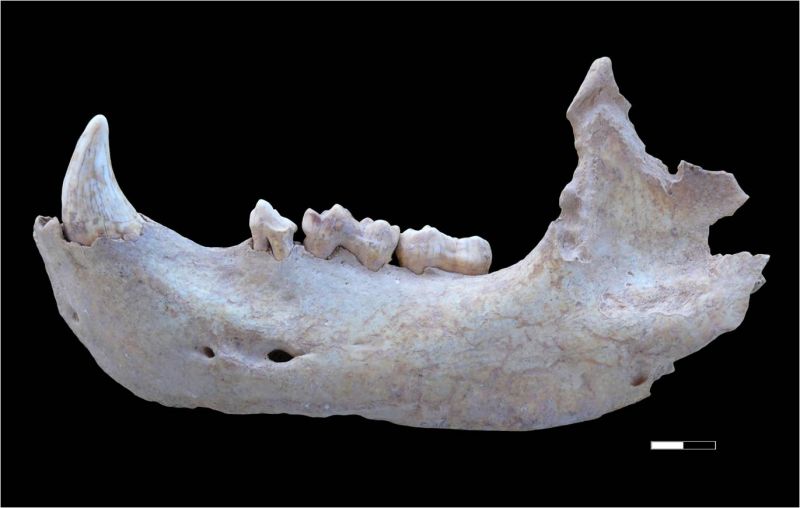
The first users of the cave are the Neanderthals (Homo Neandertalensis), which during Middle Paleolithic Age (about 40.000 years ago) begin to hunt in the surrounding area and they also started to share the cave with cave bears(Ursus spelaeus).
This species became extinct at the end of the last glaciation. It was larger than the brown bear and it spended the long winters in hibernation in the caves of Versilia. Grotta all'Onda was used as "shelter - cave", too, as proven by the several bone remains, mostly of puppies died during their first hibernation due to the low fat reserves. The analyzes carried out on skulls and teeth indicate a vegetarian diet and there is no evidence that man was the cause of death of these animals.
The passage of the Neanderthals is also proven by the presence in the cave of numerous instruments in flint and jasper (scrapers, points, denticulates).
Perhaps the cavity continues to be frequented at the beginning of the Upper Paleolithic Age, but in a much more sporadic way, as shown by the few stone tools found. With the subsequent climatic deterioration, starting from about 35,000 years from now and throughout the last glacial phase (which has its coldest peak between 22,000 and 18,000 years from now), the cave is no longer visited by man.
With the improvement of the climate (about 13-10,000 years ago) the hunters - gatherers of the Upper Final Paleolithic Age ( Homo Sapiens ) begin to inhabit both the outermost part, where they set up a large fireplace to cook their prey, and an area around a large boulder dedicated to chipping flint. The combustion area has returned the bones of cooked animals and numerous small flint and jasper tools used for food preparation; probably the hearth also had the function of heating and lighting at night a small flyover cavity, in which the group could stay and rest. The area destined to "workshop" has returned numerous cores too, such as lamellas, splinters and tools.
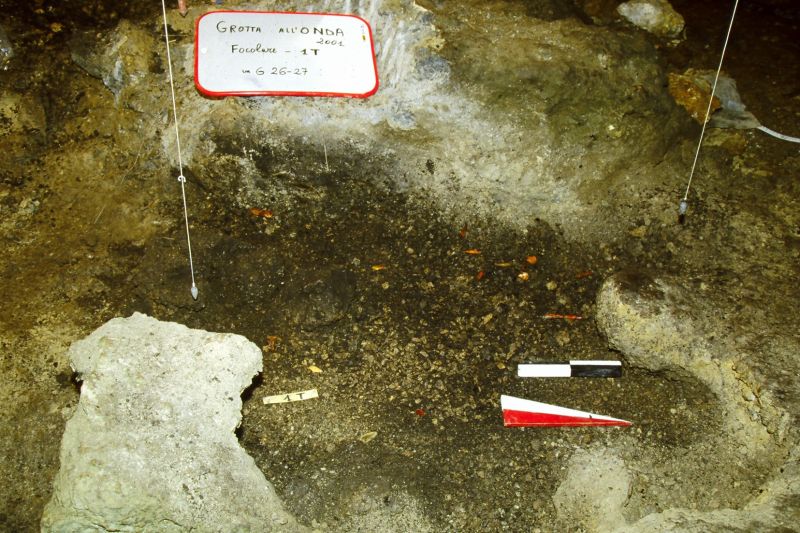
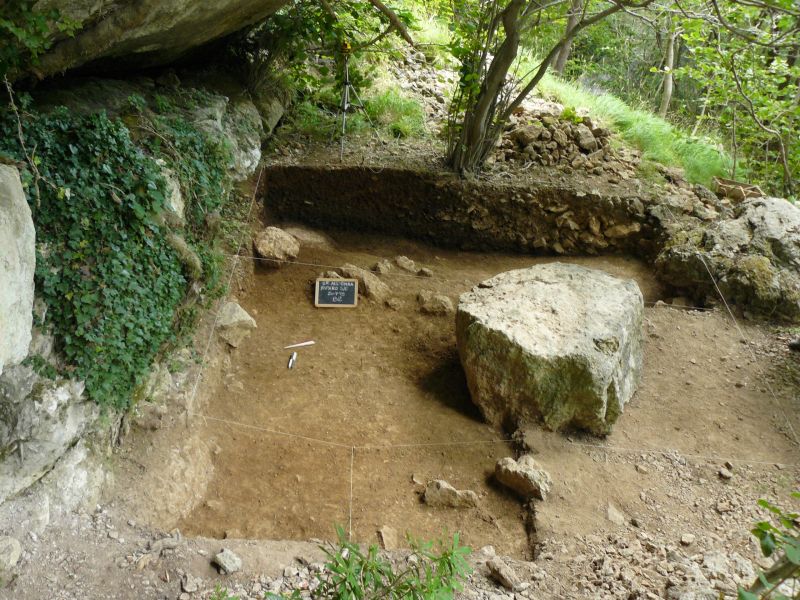
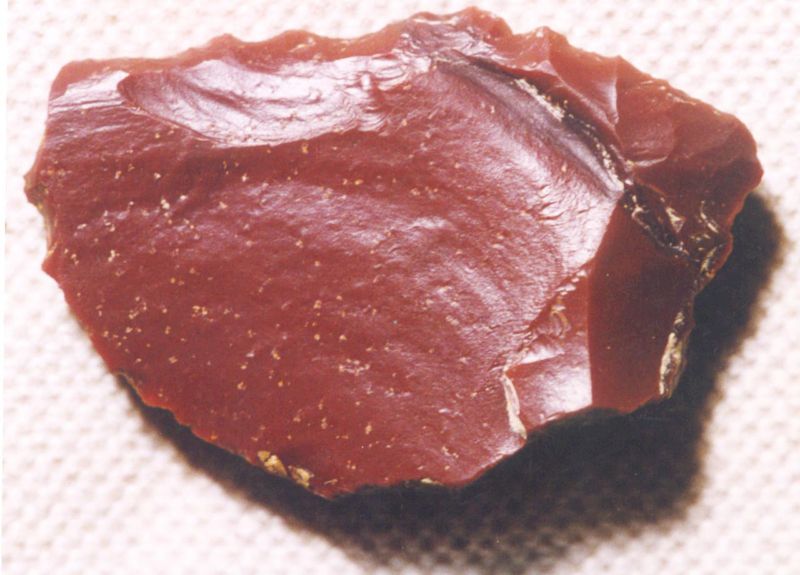
A lion's milk tooth ( Panthera leo spelaea ) dating back to about 10,700 years ago was also found in Grotta all'Onda. It is one of the most recent lion remains in Europe: the abundance of ungulates in the Apuan Alps, such as ibex ( Capra ibex ) and chamois ( Rupicapra rupicapra ), allowed to the last lions of Europe to survive longer than other large mammals, such as mammoths, woolly rhinoceros and giant megaloceros, which had already become extinct.
The cave was later inhabited during the Neolithic Final (about 5,900 years ago) by farmers and shepherds who practice their daily activities, from the manufacture of terracotta pots, to the grinding of cereals, to sewing and spinning,to leather processing with bone punches, to processing of stone (steatite, marble, sandstone), teeth of small mammals and shells for making pendants and necklace elements. The finding of axes and axes in polished stone, used for agricultural practices and the cutting of trees, testifies to the exploitation of the surrounding woods. Remains of plaster also indicate that probably in this period one or more huts are made of plant material and clay.
Thanks to its strategic position, Grotta all'Onda becomes the center of a network of contacts and exchanges by land and by sea along the most frequented commercial routes of the time, as shown by the numerous obsidian instruments (very precious volcanic rock at that time ) from Sardinia and the flint blond instruments from southern France and the Lessini mountains in the eastern Prealps. Contacts with Sardinia are also evidenced by the shapes and decoration of some vases, while others attest to a cultural influence by the Neolithic groups of southern France, Liguria and Lombardy (Chassey-Lagozza culture) and southern Italy (culture of Diana).
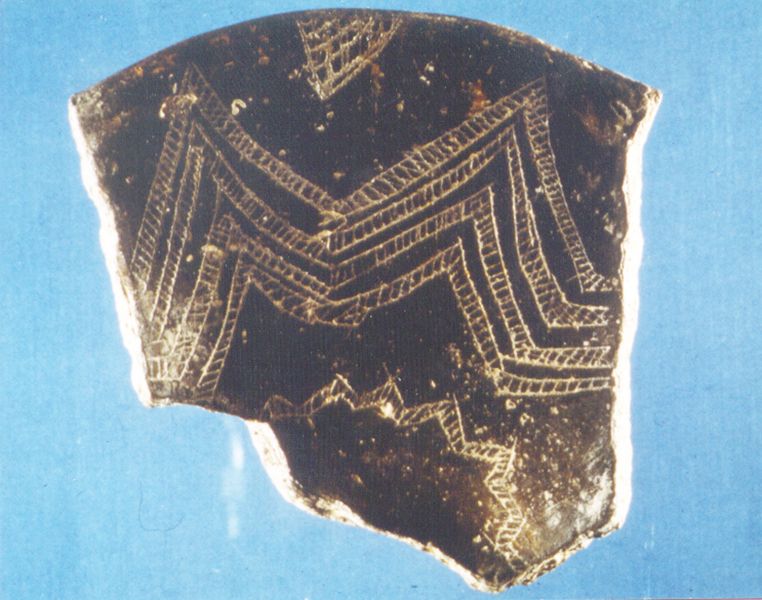
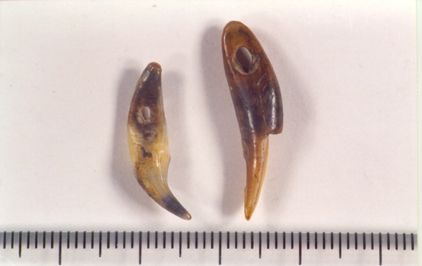
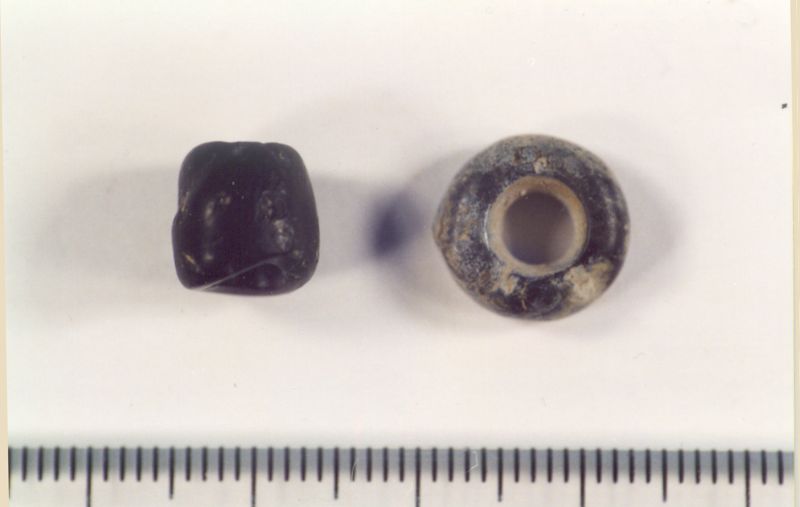
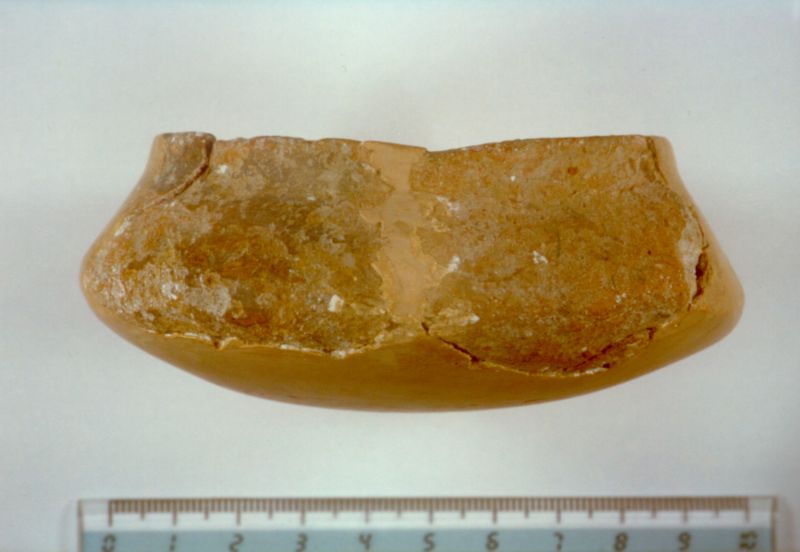
The cave continues to be visited during the first Copper Age (Eneolithic) , as evidenced by the discovery of numerous personal ornaments, bone awls, grindstones and sandstone grinders, while there is a changing in the shapes and decorations of the ceramic containers: now we have large containers decorated with ornamental motifs obtained with impressions (fingerprints, nails), bosses (small conical protuberances), crushed tablets and notches made with sharp instruments. Imported artefacts in alpine and French flint and in Sardinian obsidian suffer a decrease, which indicates a progressive slowing down of contacts and large-scale exchanges. In this period, the cave is occasionally used for burial, too, as evidenced by the discovery of some bones of the skull of 4 individuals (2 children, 1 young, 1 adult).
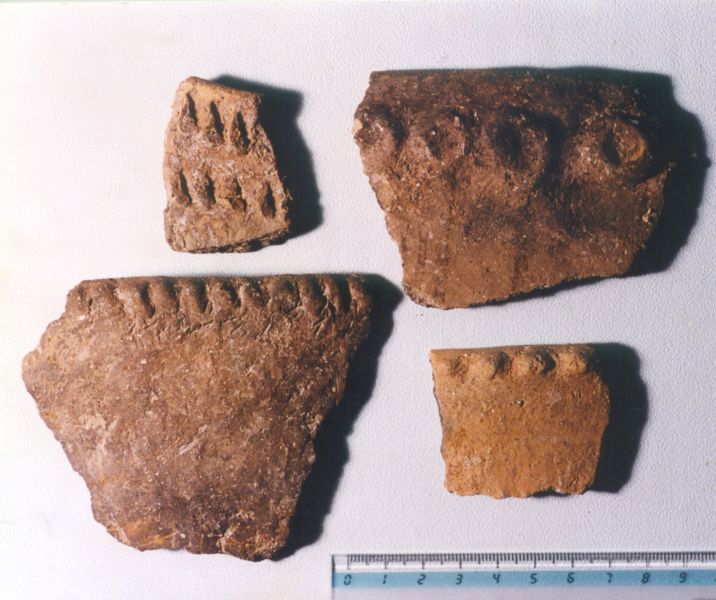
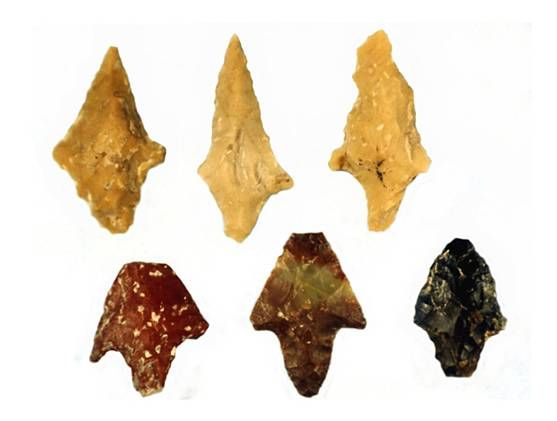
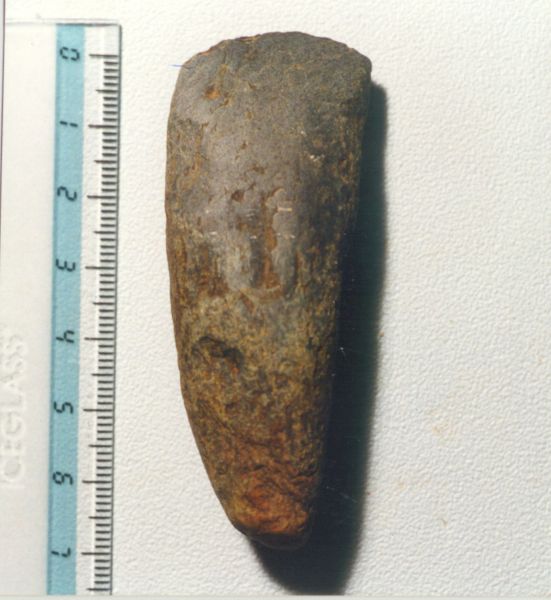
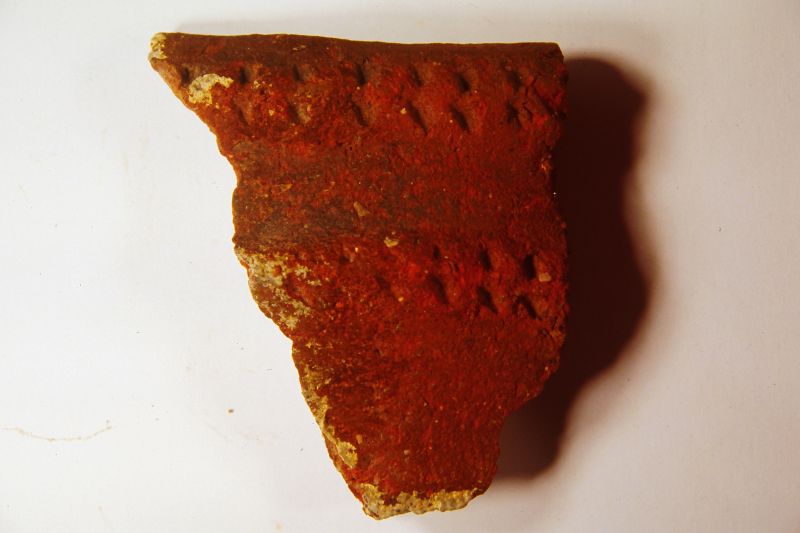
some fragments of large ceramic vessels with "cordon" and impression decorations could be related to the Bronze Age , while artifacts in this type of metal have not been found. Surely the shepherd populations of this period were stationed at Grotta all'Onda; probably, the archaeological evidences of this phase are due to those same communities that have left more abundant traces in the huts which leaned against the rock along the course of the Lombricese Torrent in the underlying Candalla area and which were seasonally inhabited.
In the Iron Age Grotta all'Onda is sporadically visited.
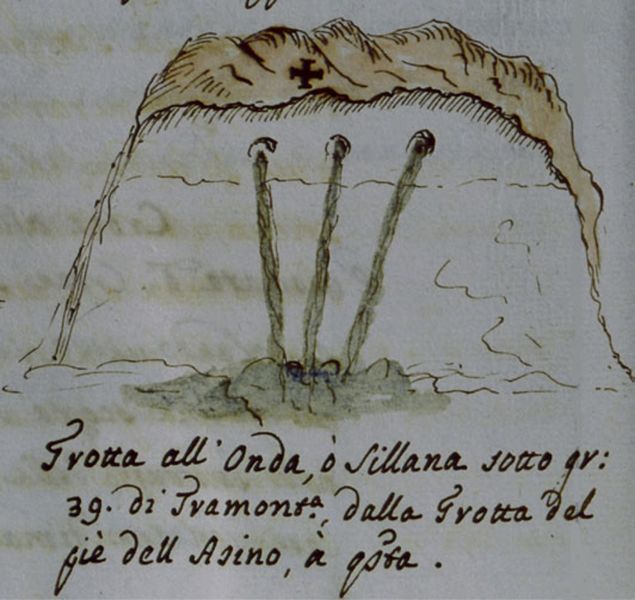
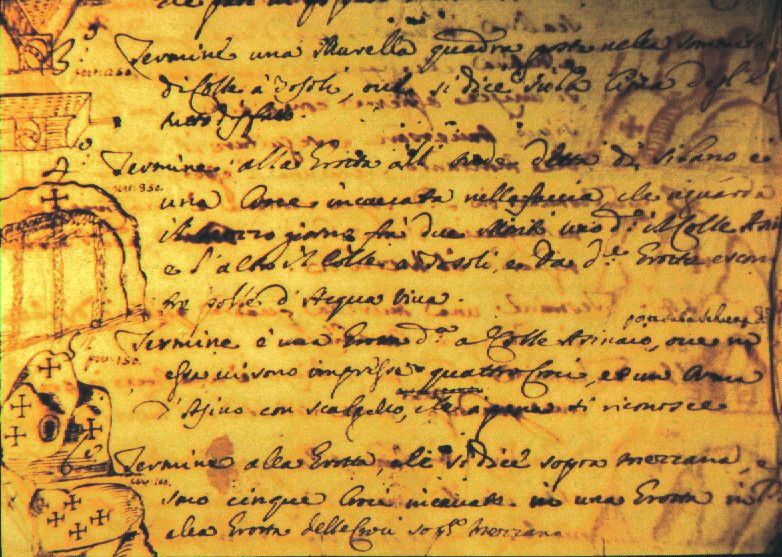
The few finds of Etruscan age (bucchero lid), Middle Age and Renaissance (fragments of bowls and mugs) document the occasional use of the cave, perhaps due to cult reasons during the Etruscan period and for agriculture and pastoral activities during more recent periods.
The cave, which is called Grotta all'Onda or Sillana, is mentioned in some documents regarding Offizio sopra le differenze di Confine0(the Office above the boundary differences) of XVII century , preserved in the Historical Archives of Camaiore and Lucca, in the descriptions related to properties of lands below the cave, defined as «rural lands with walled house covered with plates with different kinds of fruit and canal and common grazing ».
The cave is depicted exclusively with its widest and most open part, to the left of the actual cavity (which at that time was almost completely obstructed), in the most protruding point of the rocky wall, from which the three jets of spring water still emerge today.
Grotta all'Onda is easily reachable on foot. From Camaiore follow the signs for the village of Casoli: after passing the town, continue along the only road until you reach Tre Scolli where you park along the road. Walk on paved road (path 106 for San Rocchino) ignoring the various (private) side streets, until you reach a clearing immediately after a wide curve. The path is on the right (there is a white-red sign) and it follows the aqueduct practically leveled, until it reaches an iron walkway that allows you to avoid a protruding rock. Turn immediately to the left and proceed uphill until you reach a spring with two concrete basins, continue slightly uphill along the path (always follow the red signs) to Grotta all'Onda.

